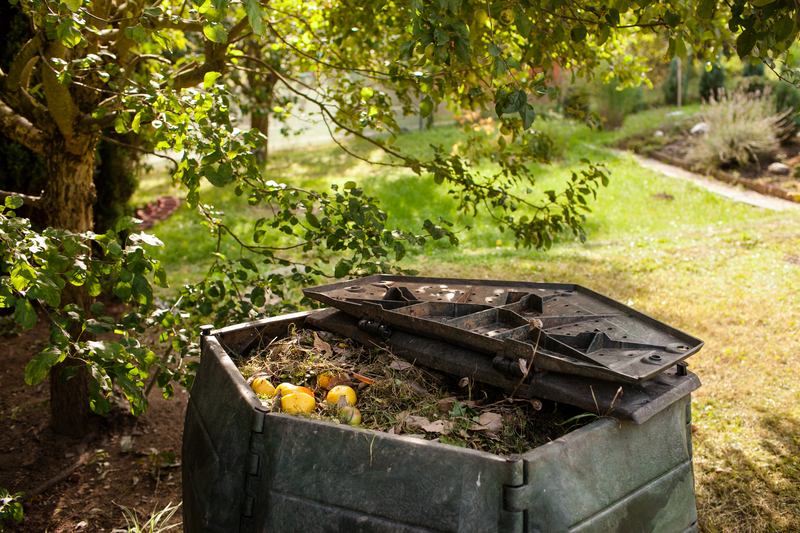The concept of sustainability has gained traction over the years, as communities and industries seek ways to minimize their environmental footprint. One of the often-overlooked methods involves the effective utilization of wood waste. By harnessing the potential of wood waste, we can significantly reduce environmental impacts and advance towards a more sustainable future.
Understanding Wood Waste
Wood waste refers to the discarded wood materials that emerge from various activities, including logging, construction, and manufacturing. This waste can comprise several forms, such as sawdust, bark, wood chips, and even larger pieces like off-cuts and branches.

Sources of Wood Waste
- Forestry Operations: Harvesting timber generates significant wood residues, including branches and unusable trunks.
- Construction and Demolition: Building and demolition projects contribute to wood waste through discarded lumber and off-cuts.
- Wood Processing Industries: Sawmills, furniture making, and other wood-based manufacturing produce sawdust and scrap materials.
Environmental Challenges of Wood Waste
The accumulation of wood waste presents considerable environmental challenges. When not appropriately managed, it can lead to increased deforestation and pollution. Here's a look at some of these issues:
- Landfill Overflow: Wood waste often ends up in landfills, taking up valuable space and contributing to potential leachate contamination.
- Greenhouse Gas Emissions: Decomposing wood in landfills emits methane, a potent greenhouse gas that exacerbates climate change.
- Loss of Natural Resources: Failing to repurpose wood waste leads to the unnecessary felling of trees, further straining our planet's natural resources.
Strategies for Reducing Environmental Impact through Wood Waste Utilization
Reducing environmental impacts involves careful strategies that focus on repurposing wood waste. By implementing these solutions, we can harness the benefits and minimize adverse effects.
1. Recycling Wood Waste
One of the most effective approaches is to recycle wood waste into new products. Recycling initiatives can transform discarded wood into valuable commodities, such as:
- Engineered Wood Products: Recycled wood can be converted into composite materials like particleboard and fiberboard, reducing the demand for virgin wood.
- Mulch and Compost: Wood waste can be processed into mulch or compost, enriching soil naturally and promoting healthy plant growth.
2. Energy Generation
Biomass energy production offers a sustainable solution by converting wood waste into renewable energy. Through processes like gasification and combustion, wood waste is transformed into heat and electricity, contributing to:
- Reducing Fossil Fuel Dependence: Utilizing wood waste for energy reduces reliance on fossil fuels and cuts down on carbon emissions.
- Promoting Local Sustainability: Biomass energy solutions can be implemented locally, creating job opportunities and supporting local economies.
3. Biochar Production
Biochar is a carbon-rich product obtained from the pyrolysis of organic materials including wood waste. It offers multiple environmental benefits such as:
- Soil Health Improvement: Adding biochar to soil increases nutrient retention, enhances water holding capacity, and reduces nutrient leaching.
- Carbon Sequestration: Biochar is stable and resists decomposition, effectively locking carbon in the soil for long-term storage.
4. Artistic and Craft Use
Wood waste also serves as a resource for artisans and craftsmen. By repurposing wood waste, creative professionals can craft unique furniture, sculptures, and art pieces, reducing waste while enriching culture.

Challenges and Considerations
While solutions for wood waste utilization are promising, several challenges and considerations need to be addressed:
Collection and Transportation
Efficient collection and transportation systems are needed to ensure wood waste does not end up in landfills. Implementing convenient methods for gathering and transporting waste to recycling and utilization facilities is crucial.
Technological Advancements
Advancing technologies are essential to improve the efficiency and cost-effectiveness of wood waste utilization processes. Investing in research and development can lead to innovations in recycling, energy conversion, and material development.
Policy and Regulation
Policy frameworks and regulations play a significant role in promoting wood waste utilization initiatives. Governments and organizations need to set guidelines that encourage waste reduction, recycling, and the responsible management of wood resources.
Conclusion: A Step Towards Sustainability
Reducing environmental impact through the effective utilization of wood waste is an essential step towards achieving sustainability. It offers numerous benefits, including the reduction of carbon emissions, conservation of natural resources, and support for local economies. By focusing on recycling, energy generation, biochar production, and creative utilization, we pave the way for a greener and more sustainable future.
Let's embrace these strategies with determination and innovation, positioning ourselves as proactive stewards of the planet, committed to preserving its beauty and vitality for generations to come.